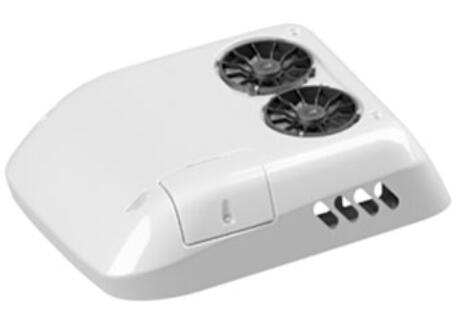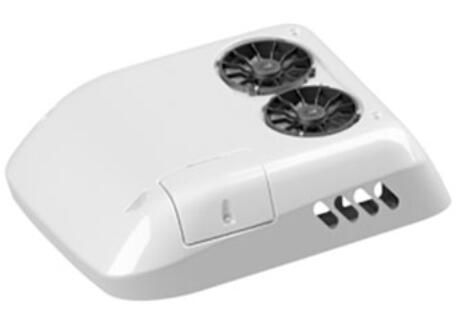Key Differences Between Rooftop and Integrated Bus Air Conditioning Units
Learn More

by
—
2024-09-30

SONGZ SONGZ SONGZ SONGZ
Battery thermal management systems (BTMS) play a crucial role in the performance and safety of modern battery-operated devices. As batteries are increasingly used in applications such as electric vehicles, renewable energy storage, and portable electronics, effective thermal management has become essential. By maintaining optimal temperature ranges, these systems prevent overheating and enhance overall safety.

Thermal management is vital for the efficiency and longevity of batteries. When batteries operate outside their optimal temperature range, several issues can arise, including reduced performance, accelerated degradation, and in severe cases, thermal runaway. Thermal runaway occurs when a battery overheats uncontrollably, leading to fire or explosion risks. Effective thermal management systems are designed to mitigate these risks by regulating battery temperature through active and passive methods.
BTMS typically consists of various components that work together to manage heat. These may include heat exchangers, cooling plates, fans, and temperature sensors. Heat exchangers transfer heat away from the battery, while cooling plates help to dissipate heat evenly. Fans enhance airflow, improving the cooling efficiency. Temperature sensors monitor battery conditions and ensure that the system responds dynamically to changing temperatures, providing real-time data for effective management.
Thermal management systems can be categorized into active and passive systems. Active systems employ external energy sources, such as pumps or fans, to enhance heat transfer and cooling. These systems are highly effective and can be designed to respond quickly to temperature fluctuations. In contrast, passive systems rely on materials with high thermal conductivity or phase change materials to absorb and dissipate heat without the need for additional energy input. Each system has its advantages, and the choice between them depends on the specific application and design requirements.
Implementing an efficient battery thermal management system provides numerous benefits. Firstly, it prolongs battery life by preventing overheating and maintaining optimal operating temperatures. This longevity translates to cost savings and reduced environmental impact. Secondly, effective thermal management enhances the performance of batteries, allowing them to deliver consistent power output and improving overall device reliability. Lastly, safety is significantly improved, reducing the risk of battery-related incidents, which is crucial for consumer confidence and regulatory compliance.
Battery thermal management systems are critical across multiple industries. In the automotive sector, they ensure the safety and efficiency of electric and hybrid vehicles. In consumer electronics, BTMS protect devices from overheating during intensive usage. Renewable energy storage systems also utilize these systems to optimize the performance of batteries storing solar or wind energy. The versatility of BTMS highlights their importance in the growing demand for battery technology in various sectors.
The future of battery thermal management systems is promising, with ongoing advancements in materials and technologies. Innovations such as nanomaterials and advanced phase change materials are being explored to improve heat transfer efficiency. Additionally, the integration of smart technologies and IoT in thermal management systems allows for real-time monitoring and optimization, enhancing performance further. As battery technology continues to evolve, effective thermal management will remain a critical focus for manufacturers and researchers alike.
Battery thermal management systems are essential for preventing overheating and enhancing the safety of batteries in various applications. By maintaining optimal temperatures, these systems not only improve performance and longevity but also mitigate significant safety risks. For more information about battery thermal management solutions or to find a reliable supplier, please contact us. We are dedicated to providing you with the best options available in the market.



R&D strength
About
Join us


Copyright ©2023 SONGZ, All Right Reserved.